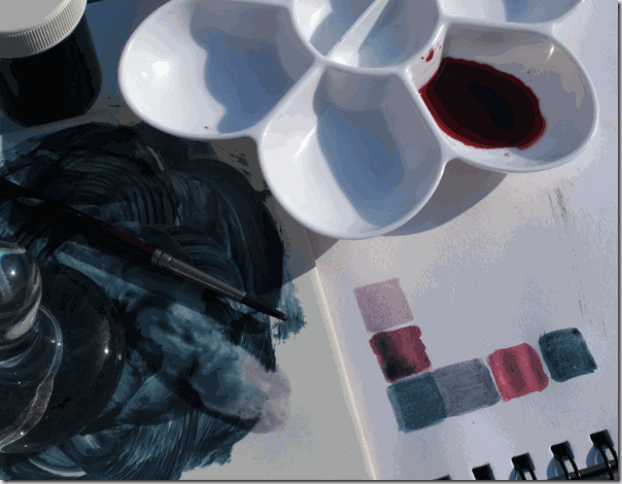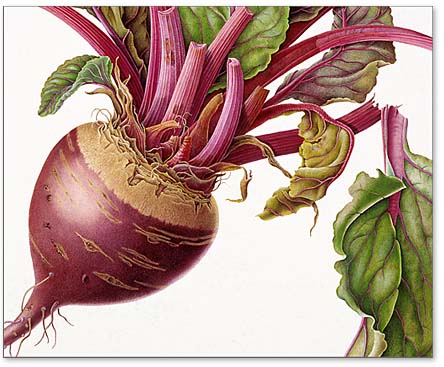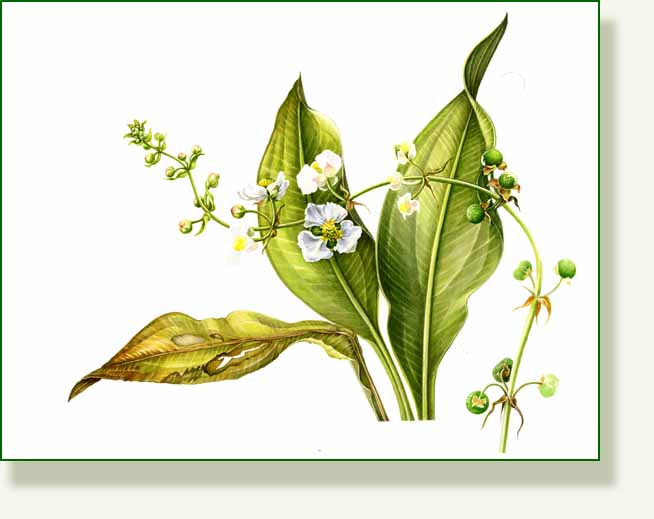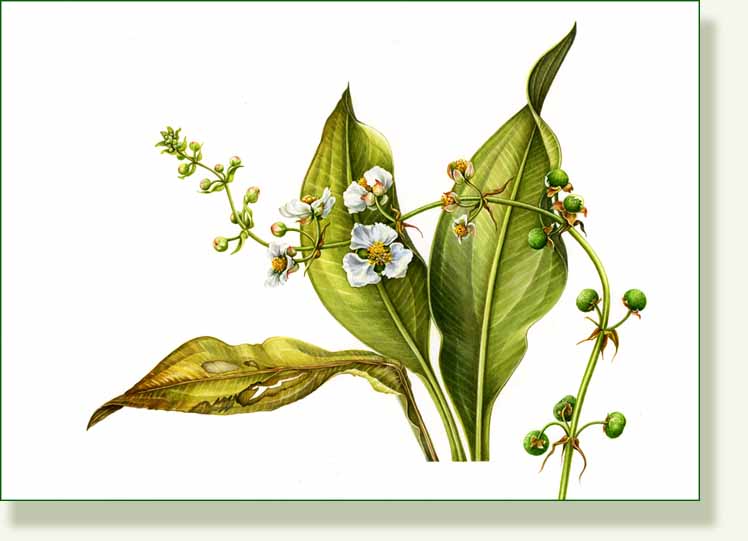Thesis is done and out of the way. The research was fascinating, the writing just a chore. I wonder about the scores of these reluctantly written texts which are destined never to be read ever again. I wonder if this is the right way of assessing the understanding of essentially visual subjects.
However after a short break to beat the garden into submission I am back to work. A few weeks ago I wrote about the excellent egg tempera course I attended. On the first day Dr Spike Bucklow of the Hamilton Kerr Institute in Cambridge gave a short introduction to tempera and particularly its medieval uses. His initial statement, referring to both the artists, and the paintings, was
“Remember, at this time, nothing is arbitrary”.
Everything about a painting from its pigments to its supports, its media and its content was carefully considered. He spoke about the alchemy of paint and painting, of the community surrounding and involved in the production of paintings and that community’s ability to read the significances of both paint and content, which we have largely lost.
Sometimes the deeper meanings are not in the image but are within the paint itself.
This remained with me as I wrote my thesis and thought about the materiality of the Russian Artists Books I was researching. It remained with me as I learnt more about the simple ingredients, precious pigments and beautiful dyes used to make Persian Miniatures, and as I started thinking about my major project which notionally is set in the 17th Century and concerns plants and medicines and a certain amount of alchemy. There are many parallels between making paint and making medicine ( and making food). Sometimes they use the same ingredients. Sometimes that is not a good idea.
I am also reading Spike’s book “The Alchemy of Paint”, so in these early stages of the project rather than just reach for the nearest tube of paint I have started to make some of my own. Firstly: … Beetroot and Woad. ..
What a very lovely combination. I could also drink it or cover myself with awesome tattoos in preparation for the Last Battle.
“Remember …nothing is arbitrary” :)…..











